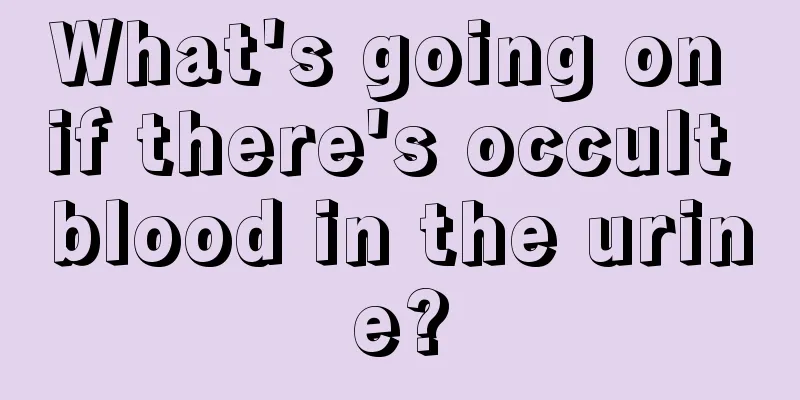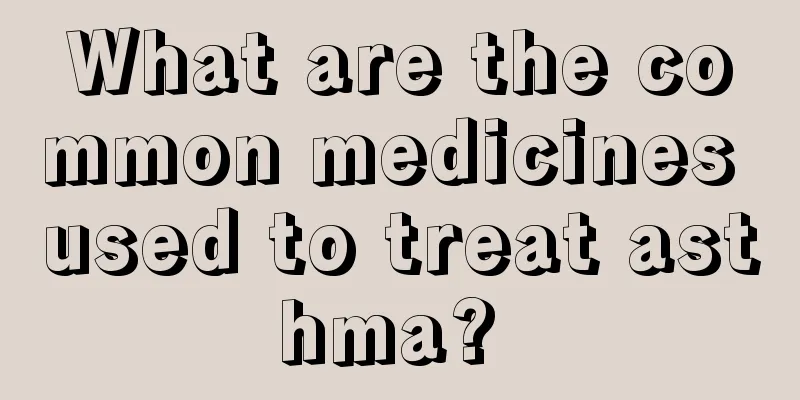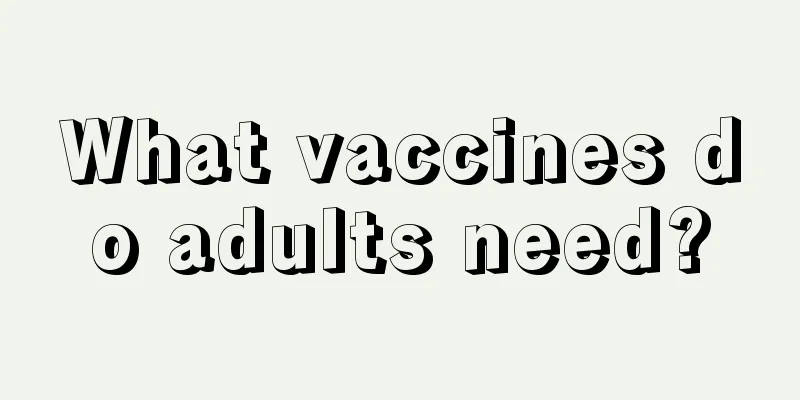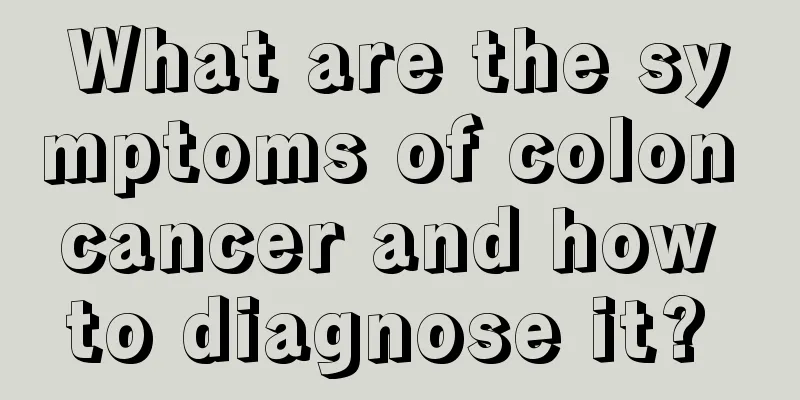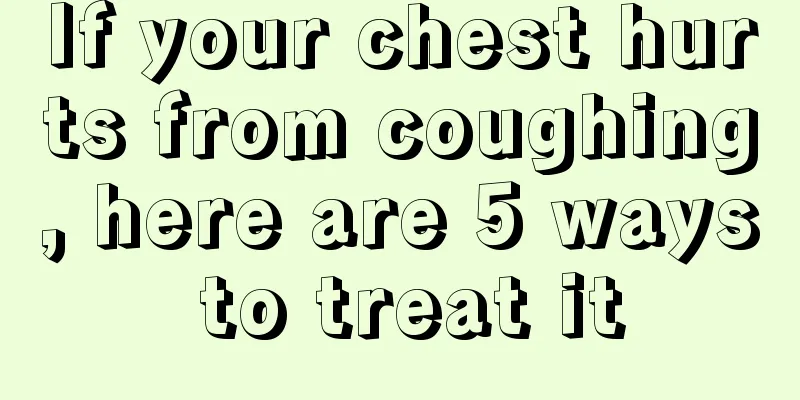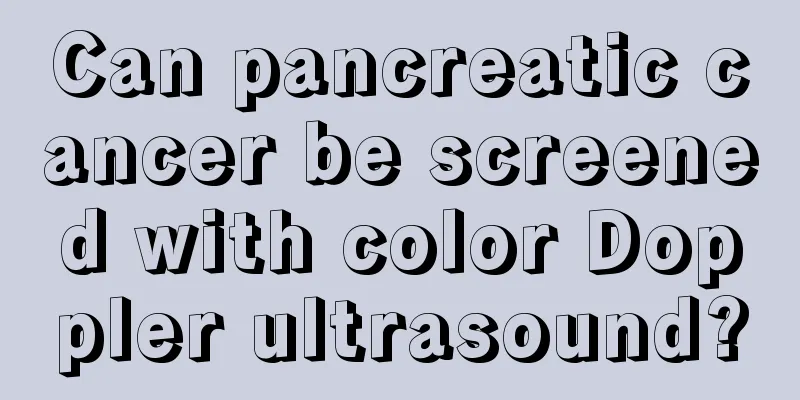What diseases can be treated with electroconvulsive therapy?
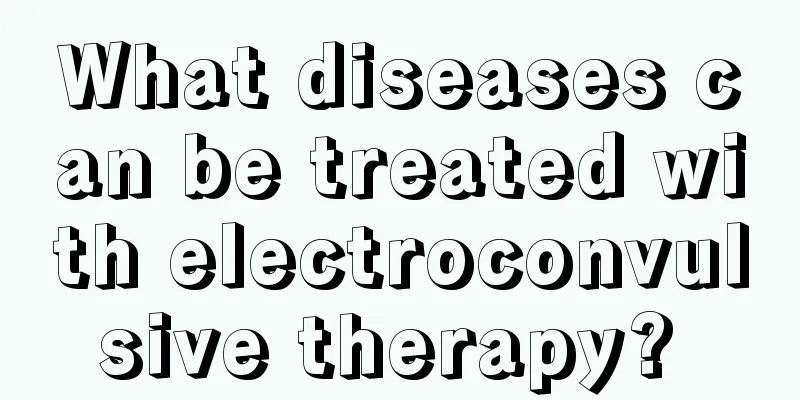
|
Electroconvulsive therapy is also known as electroconvulsive therapy. It is a method of treating physical diseases by passing a specified amount of electric current through the patient's brain, causing the patient's entire body to convulse. It can generally treat patients with mental illnesses. Electric current can be used to clear the patient's brain to achieve the purpose of curing the disease. Electroconvulsive therapy can cause certain harm to the body and can easily damage the patient's brain nerves. It can also easily cause the patient to go into a temporary coma, so it needs to be treated with caution. Electroconvulsive therapy is widely used in medicine. Learn more about the specific situation. Indications ① Those who are seriously excited, agitated, impulsive, and hurt others or damage property, and those who need to control their mental symptoms as soon as possible; ② Those who are severely depressed, have strong self-blame, self-injury, and suicidal behaviors; ③ Those who refuse to eat, are disobedient and tense; ④ Those who are ineffective with drug treatment or cannot tolerate drugs. The presence of somatic or psychotic symptoms and a previous good response to ECT appear to be predictors of a good response. Before conducting electroconvulsive therapy, a thorough physical and nervous system examination should be performed, such as chest X-ray, electrocardiogram, electroencephalogram, etc., to rule out brain diseases, understand the indications and contraindications, and master the correct operating procedures. Electroconvulsive therapy has far fewer side effects than antipsychotic drugs and is more effective. Don't develop a fear mentality. The legend that mental hospitals use electric chairs for patients or that psychiatrists carry electric batons is pure nonsense. Preoperative procedures Before treatment begins, clinicians must address psychological and medical issues, and the mere mention of ECT often provokes significant anxiety in patients and families. They must be educated about the benefits of electroconvulsive and other treatments as well as the adverse effects and risks of inappropriately treating a major depressive episode. When the clinician feels that the patient and family appropriately understand the procedure, the patient and family member or guardian should sign an informed consent form. Pretreatment evaluation should include a complete anesthetic history, physical examination, electrocardiogram, and possible laboratory tests to exclude electrolyte disturbances and cardiopulmonary or neurologic risk factors. Contraindications Any medical illness that cannot be treated with medication and that increases the risk of anesthesia is contraindicated. Such as respiratory infections, severe heart disease and high fever diseases and those diseases that can be aggravated by changes in blood pressure and heart rhythm, including severe heart disease, recent coronary artery embolism, cerebral aneurysm and increased intracranial pressure. Patients of African descent may have sickle cell disease and require extra care during treatment to ensure that oxygen tension is not reduced. Diabetics who are taking insulin also need to be extra careful. Although there are certain risks in using ECT in elderly patients, the risks are almost as serious as those of drug treatment. Patients taking reserpine cannot undergo ECT, but it is not contraindicated for patients taking other psychiatric drugs. Anesthesiologists must be aware of whether the patient is taking monoamine oxidase inhibitors or lithium salts, and it is best to be aware of all the medications the patient is taking. side effect Electroconvulsive therapy may cause anxiety and headaches, and ECT can cause transient degenerative memory impairment and memory loss within 30 minutes of the seizure. If the treatment is repeated over a short period of time, this memory deficit will develop. This memory impairment does not occur if treatment is only given two or three times a week. Some patients may experience confusion, headache, nausea, dizziness, etc. that may last for several hours after treatment. Some modern measures can make this side effect mild and fairly short-lived. There are few side effects after unilateral ECT treatment. A few patients complain of muscle pain, especially in the mandibular area. A few report sporadic grand mal seizures one month after ECT, but such seizures may have other causes. If an attack does occur, it usually only occurs within a year after treatment. Injuries to the teeth, tongue, and lips may occasionally occur if the mouth gag and endotracheal tube are not properly placed. There may be minor electrical burns in the electrode area. Fractures, including vertebral compression fractures, may occasionally occur if muscle relaxants are not given during treatment. If good anesthesia is performed beforehand and the convulsion condition is appropriately improved, these physical injuries are rarely seen. When treating depression, the course of electroconvulsive therapy is 4 to 6 times; when treating schizophrenia, the course of treatment is about 8 times. Initially, do it 2 to 3 times a week, then you can reduce it to once a week. |
<<: What to do if ear cartilage hurts when pressed by hand
>>: How to perform fixed tooth restoration?
Recommend
Why do patients with kidney disease take hormones
The kidney is a relatively important organ, but i...
Treatment of wounds after leech bites
Leeches are leeches, and there are many types. So...
How to treat teratoma
Teratoma is a disease with a long history. I beli...
How to make homemade seasonings
Seasonings are very common in our lives. We usual...
Is it a rumor that drinking yogurt aggravates candidal vaginitis?
Nowadays, most married women suffer from vaginiti...
Forehead allergy and peeling
Allergy is a common phenomenon. If allergic peeli...
Simple description: Common symptoms of melanoma
In recent years, with the increasing severity of ...
What should I do if there is a hole after wisdom tooth extraction
Wisdom teeth that are growing long, crooked, or i...
How to treat anxiety and neurasthenia
The pace of life is really fast now, especially i...
How to use liquid foundation in specific steps
Makeup has become a fashion nowadays, and every g...
How to make borax water
There are two types of borax: industrial borax an...
Can purslane cure flat warts?
Flat warts are a very disgusting skin disease tha...
The early symptoms of gastric cancer are accompanied by gnawing pain
Experts say that the early symptoms of gastric ca...
Why do I always feel neck pain?
The phenomenon of neck pain is actually quite com...
Difference between laryngeal cancer and nasopharyngeal cancer
What is the difference between laryngeal cancer a...
